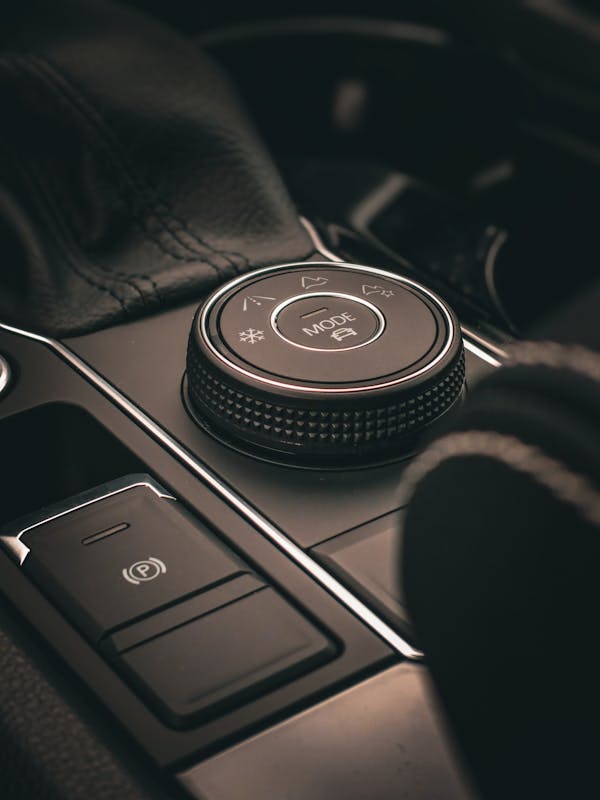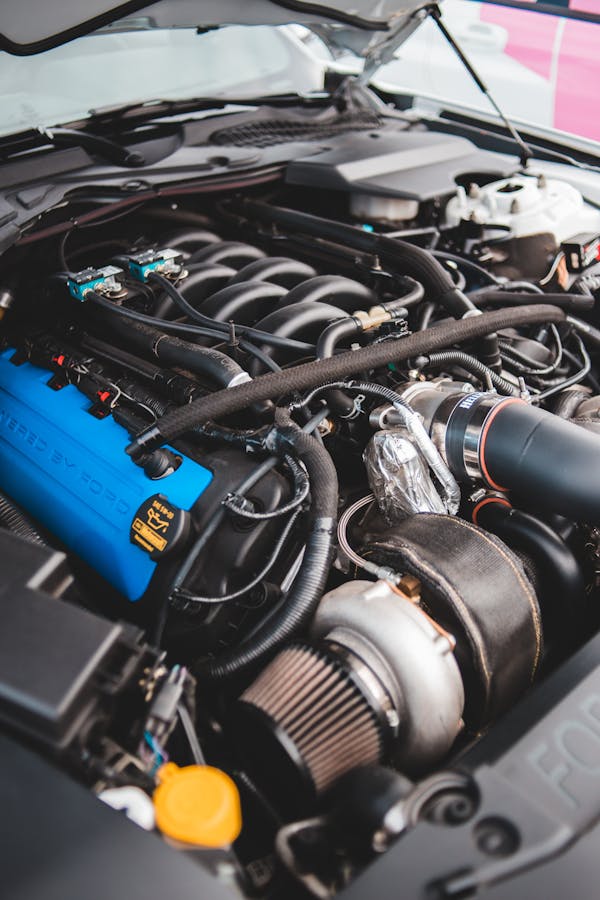Car batteries are prone to corrosion and can be subject to damage from extreme temperatures. Performing a few simple battery maintenance tasks can help prevent these problems and ensure that your vehicle will start when you need it to.
Regularly check the fluid levels and if necessary add distilled water. Also, clean the terminals to control corrosion.
1. Clean the Terminals
Corrosion on battery terminals is a common problem that’s easy to prevent. It looks like crusty white, blue, or green gunk and is caused by sulfuric acid interacting with the metals on the terminals.

Use a mixture of baking soda and water to scrub the corrosion off. Pour a bit of the solution on each terminal and brush away using a wire or toothbrush. Check out Car Battery Maintenance Tips now!
Make sure you get the entire area around each clamp, especially where it joins the cable. Do not get this powder on your hands or on anything else, as it is sulphuric acid and can cause severe burns.
Once everything is clean and dry, dab a little petroleum jelly on each terminal. This will lubricate them and help prevent future corrosion.
2. Check the Battery Fluid Levels
Most lead acid batteries require topping up with distilled water. The electrolyte in these batteries is a mixture of sulphuric acid and purified water. This mixture produces electricity when current passes through it.
A battery that’s low on electrolyte will not produce electricity and will become less reliable. Low levels are caused by evaporation over time.
To check the level of your battery’s electrolyte, remove the filler caps or trough covers (pry them open gently with a plastic scraper or screwdriver). Pour distilled water into each cell until it just covers the tops of the battery plates, as shown in the diagram above.
Avoid overfilling, since diluting the electrolyte will harm your car battery. Wipe up any spills and replace the caps or trough covers.
3. Turn Off Unnecessary Electronics
You probably already make sure your car’s lights and other electronic accessories are turned off when you’re done driving. However, it’s also important to keep these items turned off when the vehicle is parked. Leaving headlights, interior lights and other accessories on can drain the battery.

A dead battery is not only a major inconvenience but also can cause serious safety issues if you need to use the emergency brake or take off in a hurry. The good news is that batteries typically last between three and five years, as long as you follow a few simple maintenance tips.
Test your battery every six months to ensure it’s still charged at an ideal level of 12.6 volts. If you notice the battery has a foul smell or is leaking, these could be signs of problems that can lead to premature wear and tear on the rest of your vehicle’s electrical system.
4. Inspect the Battery Terminals for Corrosion
Corrosion is a nasty little thing that builds up around the terminals and cable connections. It looks like a white-to-greenish powder and is often caked on top of the battery terminals. If left unchecked, it can cause poor electrical connections that will harm your battery.
Battery corrosion is caused by hydrogen gasses that leak from the lead-acid plates in your battery and react with oxygen outside the case. These gases are let off through ventilation holes in the battery case, and when they touch the terminals, they form the corrosive substance called corrosion. Regular inspections can help prevent this build-up. After cleaning the battery terminals, consider coating them with petroleum jelly or battery grease to protect against future corrosion. This will also allow electricity to flow more easily between the battery and your car’s electronics.
5. Don’t Let Your Battery Sit Idle
It is best to drive your vehicle at least once a week for 30 minutes at highway speeds to keep the battery charged. Also, it is a good idea to use your car’s lights and radio sparingly because they put a drain on the battery.
If you have a battery charger, consider using it on your car when it will be sitting for long periods of time. Doing so will maintain the ideal charge and prevent premature sulfation of the battery’s lead plates.
A battery is a plastic case filled with lead plates and sulfuric acid that generates electricity by chemically reacting. When it is properly maintained, a car battery can last for years. However, improper maintenance can drastically shorten the battery’s lifespan. The key is to perform regular inspections and maintenance.